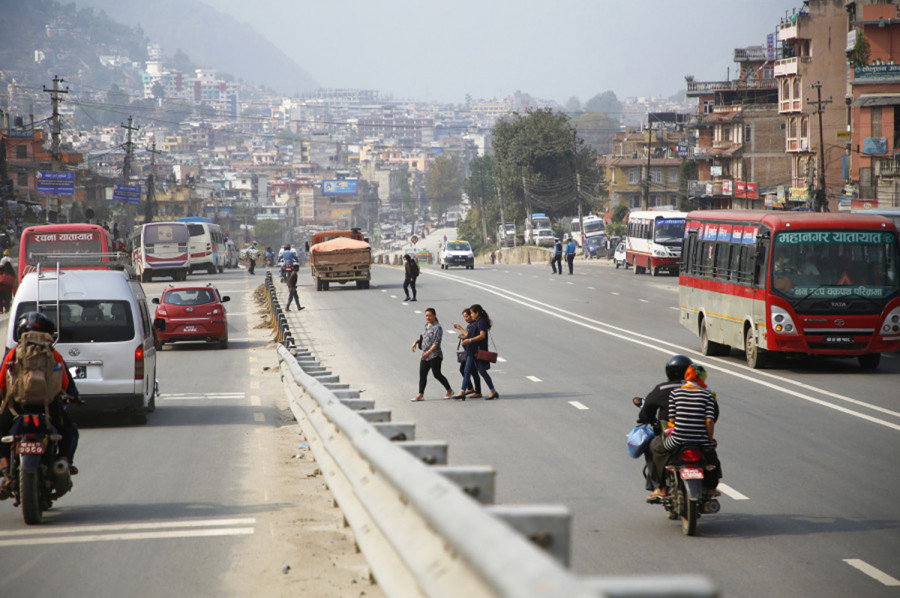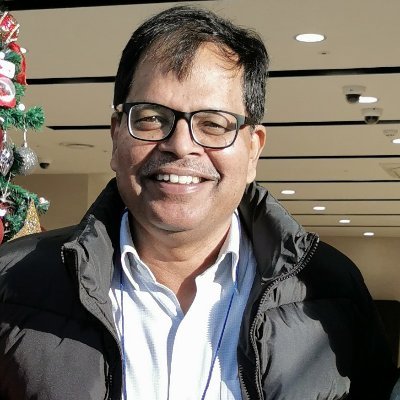Columns
Just transition
Policymakers seem unaware that their decisions are capable of causing indescribable suffering.
Madhukar Upadhya
As Nepal strives for progress and development, we often overlook the hidden costs we pay for the sake of growth and improvement. Our policymakers seem unaware that their decisions and ideas are capable of causing certain sections of the community indescribable suffering. Be it the widening of roads in Kathmandu, which caused many families to lose parts of what little land they had, or even worse, hydropower projects which displaced people from their farms and villages and led to their impoverishment and marginalisation. There is a fundamental disconnect between how our policies are planned and how they are rolled out, making a just transition approach incredibly important and relevant. The concept of just transition aims to address this unfair sharing of the burden of development, and therefore, has drawn global attention in the context of climate change, when the implementation of a low-carbon economy is likely to affect millions whose jobs, in some capacity, depend on the fossil fuel industry.
Stories of unfair development burdens in Nepal date as far back as the 1960s when the forests on Shivapuri hill in Kathmandu were being enclosed to protect them. The resulting boundary wall also enclosed some local farms and houses, resulting in the owners being asked to leave without any plans for their resettlement. When the road connecting Nepalgunj and Surkhet was built in the 1980s, it displaced the porters who made their living by carrying goods back and forth. They, unlike those displaced by dams, didn’t get any compensation because they didn’t physically live in the area in question. When one looks at the lives of displaced people, one wonders why the already marginalised have to also pay the high price of their families falling apart for the progress of others. Studies show that the seemingly attractive compensation for land seems to have done little to right the wrongs.
Food security
Even environmental protection policies have left a cascading effect, upsetting the traditional way of managing local resources. One example is of a tradition where farmers from remote villages of Jumla in western Nepal brought goat caravans down to Surkhet, the marketing centre. While in Surkhet, they would sell some goats to buy rice and other food, and the remaining goats would carry the cargo while returning home. This was a tradition that helped maintain food security to an extent up in Jumla. The extra dividend of the tradition was that while travelling, the goats also spent nights on different farms along the way. These goat herders wouldn’t pay for their night stay because the goats would provide the farm owners with the one commodity they needed the most—manure. And that too, free of cost!
However, the tradition came to a grinding halt when the forests that the goats grazed in en route were labelled community forests in the 1980s, barring goat herders from entering the jungle, bringing the age-old practice of maintaining food security in Jumla and fertilising the farms in the mid-hills in that part of the country to a stop. Unsurprisingly, no one knows what happened to those involved in the caravan business; what’s known is that the government had to haul food to the villages in the Jumla area in increasing quantities, and probably import more fertiliser to maintain food production in the villages where the goats once roamed.
In any development, be it big or small, green or brown, infrastructure or environment related, the ones at the receiving end of the fallout are invariably the working class. There is no record of how many people have been displaced completely from their place of origin due to our often short-sighted development policies. Those displaced fall prey to the evils of society while trying to rebuild their lives; many perish while doing so.
The story of displacement and unjust transitions is bound to repeat as we strive to meet climate commitments for a low-carbon economy. The restructuring of the economy might impact thousands of working-class people who currently depend on a fossil fuel-based economy. It’s time to remember those who suffered due to our development activities, and establish mechanisms to assess the ways in which the state can take note of the needs and concerns of those most affected by transitioning from business-as-usual to the desired goal of a green and low-carbon economy.
Nepal’s commitment, for instance, to convert 60 percent of four-wheel public transport into battery-powered vehicles by 2030, while well-meaning and necessary to support emissions reduction, could lead to a fallout, leading to thousands in the fossil fuel economy, from repair centres to those in the fuel supply chain, to go out of business. Without a proper provisional measure for job training and employment generation, we stand on the precipice of a slow-brewing economic catastrophe. Not to mention the additional costs of switching to battery options. Compensation alone simply won’t be enough.
We can’t ignore the reality of the inequalities exacerbated by Covid-19. It’ll never be clear as to what extent people have suffered economically. According to a survey by Nepal Rastra Bank, production and transactions between various economic sectors continue to stay below 50 percent of pre-Covid times. Many people are unemployed or, if employed, they’re receiving very low pay. These inequalities have created additional economic risks for people who might be impacted even further by policies based purely on a technical understanding of issues as we have seen in the aforementioned examples.
A just transition approach seeks to ensure that the benefits of a green economy transition are shared widely while supporting those who lose economically. It makes it necessary for those who are affected by the new policies toward a clean economy to be taken care of; policymakers can ensure this by reformulating the relevant policies and programmes to support those affected.
Development approach
This is an opportunity to reorient our development approach and assess the impacts of our policies on those who’re usually silent and are on the receiving end with no access to decision making. Additionally, they can no longer continue with their daily lives due to the very policies adopted for the greater good.
Most environmental impacts, including those of climate change, are unique in the sense that those who are directly affected by such impacts have no access to decision making, while those who have access to decision making are rarely affected by them or are able to adapt easily, if at all affected. Therefore, the idea of just transition doesn’t just become intriguing; it becomes a persistent call to action.




 12.12°C Kathmandu
12.12°C Kathmandu













%20(1).jpg&w=300&height=200)

